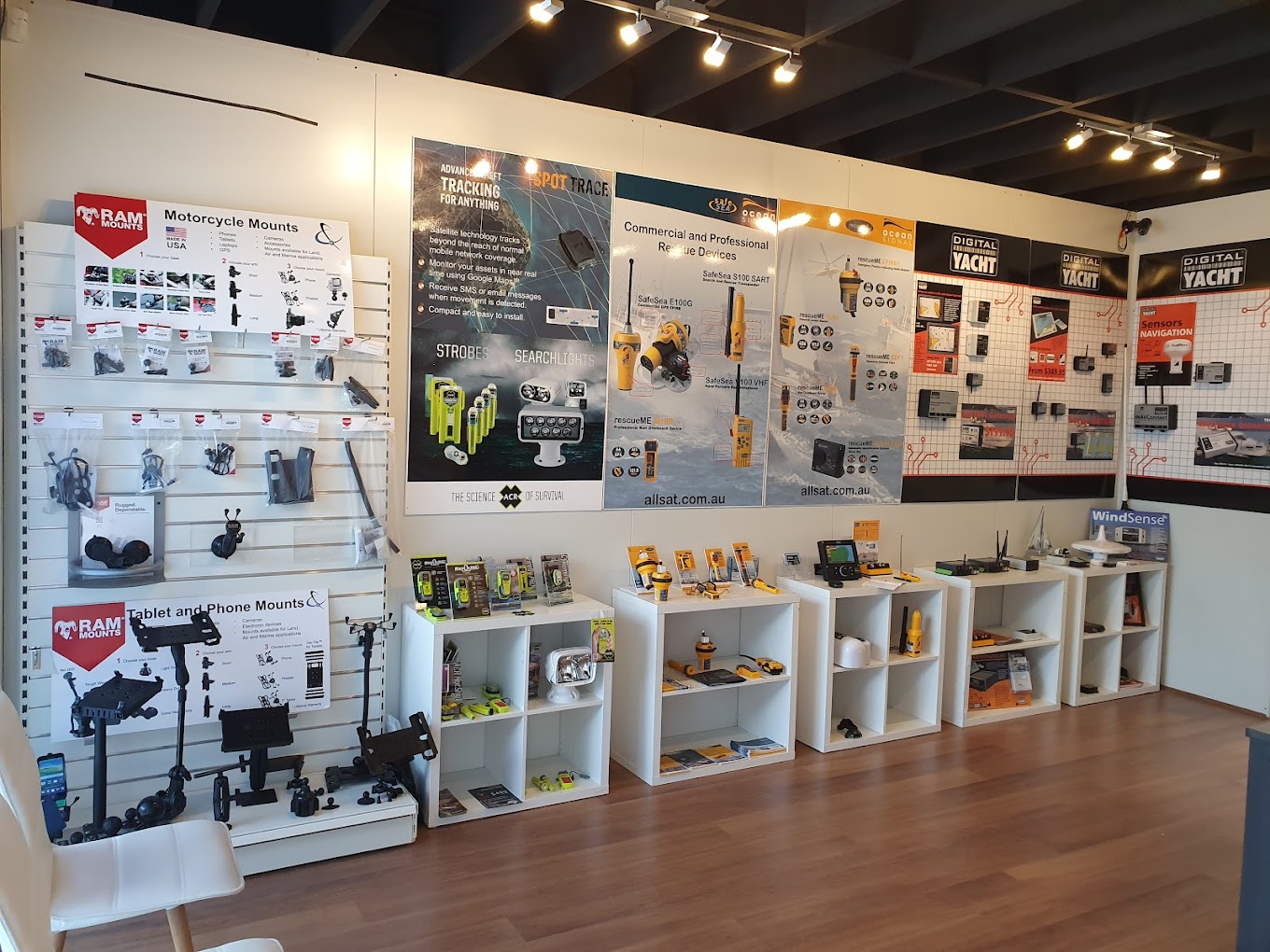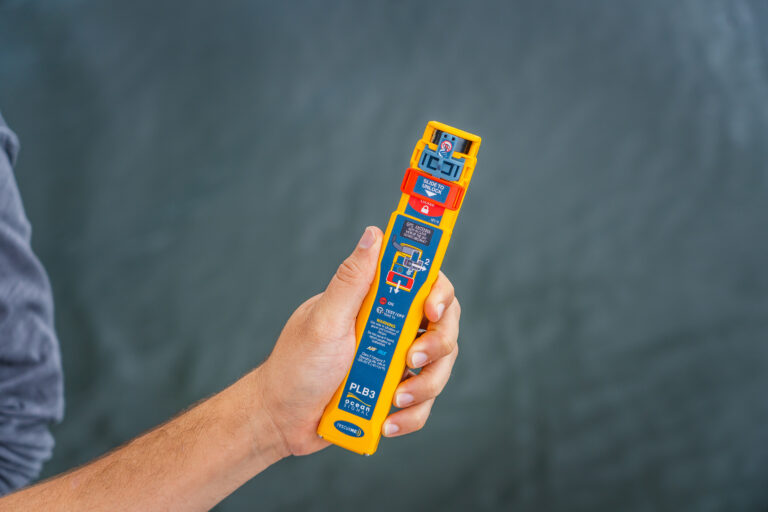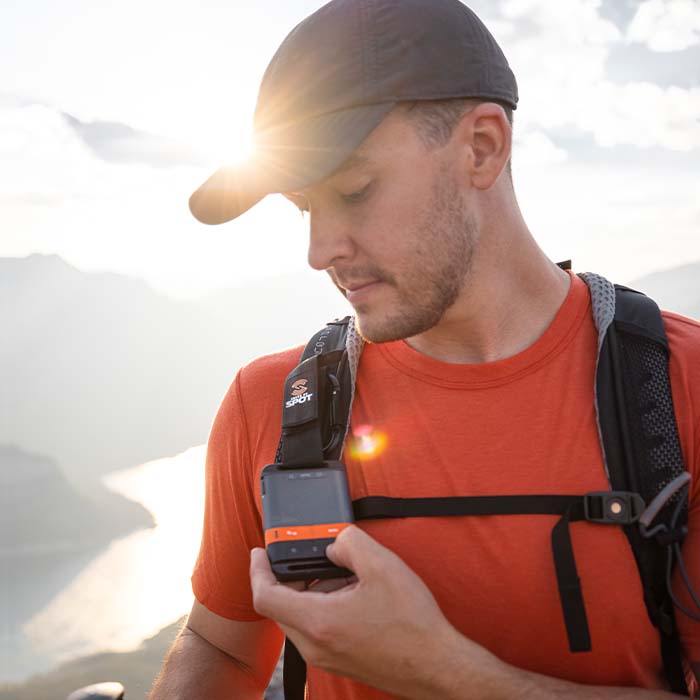About & Contact
Established in 2000, All Sat Communications, is the distributor of Ocean Signal, ACR, SPOT, RAM Mounts, Tek-Tite and Digital Yacht products in Australia. Satellite Communication Experts.
Contact Us
We are committed to providing excellent customer service and back up support for all the products.
Opening Hours
Monday
Tuesday
Wednesday
Thursday
Friday
Saturday
Sunday
Tuesday
Wednesday
Thursday
Friday
Saturday
Sunday
9 am – 5 pm
9 am – 5 pm
9 am – 5 pm
9 am – 5 pm
9 am – 5 pm
Closed
Closed
9 am – 5 pm
9 am – 5 pm
9 am – 5 pm
9 am – 5 pm
Closed
Closed
INDUSTRY LEADER
Industry leader for expertise and knowledge in satellite communications
MAJOR DISTRIBUTER
Major distributor of satellite safety, voice, tracking and data products in Australia
QUALITY ACCREDITATIONS
Ocean Signal Service Technician Accreditation


Distributing across Australia
KEY CUSTOMERS
- Border Force Australia
- Australian Maritime Safety Authority (AMSA)
- Victoria Police
- Queensland Police
- Northern Territory Police
- Australian Volunteer Coastguard (Victoria and South Australia)
- Air Ambulance Victoria
- Fisheries Queensland
- Fisheries Victoria
- Tasco Petroleum
We are the Australian distributor for products including:
- Ocean Signal rescueME range – Personal Locator Beacons, EPIRB1, Man Overboard & Electronic Distress Flare
- Ocean Signal SafeSea range – Category 1 & 2 EPIRB’s & SART
- ACR Personal Locator Beacons, IR, Strobe and Lighting range
- SPOT Gen 4 – Personal Satellite Communicator
- SPOT X – 2 way Personal Satellite Communicator
- SPOT Trace – Satellite Asset tracker
- ECHOMAX – Passive & Active Radar Reflectors
- ThrowRaft – The world’s first inflatable Throwable Type IV PFD – Approved by the US Coast Guard
- Digital Yacht – AIS / Wi-Fi equipment
- RAM Mounts – Mounting solutions for tablets, phones, computer equipment & monitors.
- Satellite phones, connections, tracking and data solutions – Iridium and Inmarsat
- TEKTITE – SOS Electronic Visual Distress Signal, Distress Light. No more flares! (WA & TAS Approved)

Ian
Director

Shane
Business Development Manager
Beyond his proven track record as a highly effective General Manager of a large Marine Store, Shane is a deeply dedicated angler. His strategic mind and calm presence, hallmarks of his management style, are equally evident when he’s fishing.

Mark
Operations Manager
Mark brings a unique blend of professional expertise and personal passion to the table. His experience as a Yacht Broker and Chandlery Manager has provided him with a comprehensive understanding of the marine industry. This knowledge is rooted in his lifelong love of sailing, sparked by his early keel boat experiences in the Mediterranean. Beyond the sea, Mark enjoys football and exploring new destinations in his camper van.
always here to help
Our team keep resellers up to date on new and current products.
From training or advice, our team are just a email or phone call away for any questions you may have about our products. We are always looking to educate and assist our resellers to help them achieve their goals.
Location
19/111 Lewis Road,
Wantirna South, VIC, 3152
Australia
orders@allsat.com.au
Follow us
Pages
We acknowledge the Traditional Owners of the land where we work and live. We pay our respects to Elders past and present. We celebrate the stories, culture and traditions of Aboriginal and Torres Strait Islander Elders of all communities who also work and live on this land.




